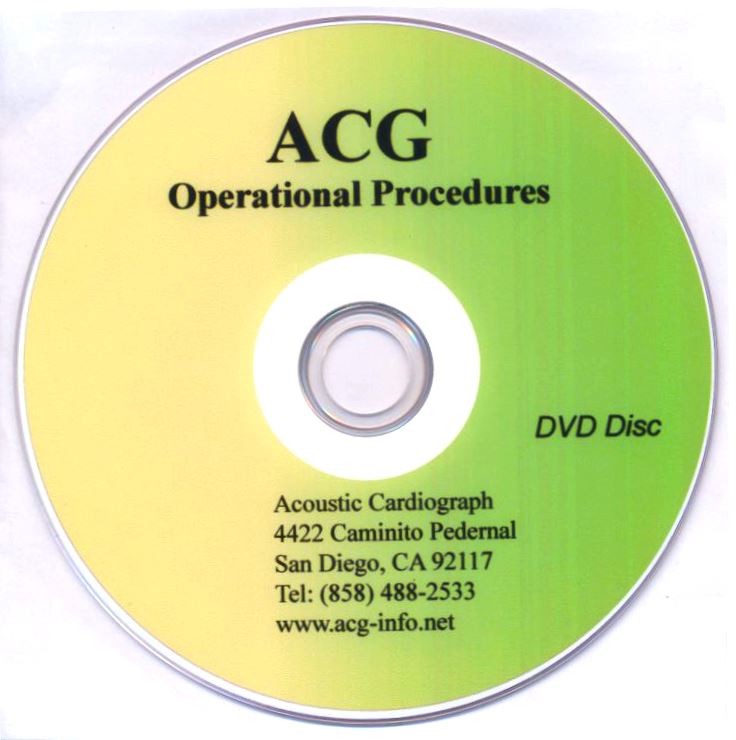
However, up-to-date monostatic Doppler radars require either on-body antenna fixation 12 or additional information about the variation of their relative position, which is several orders of magnitude greater than the amplitude of the periodic baseband signal caused by heart and breathing activity 13. In such conditions, one has to adjust for the interference because of vibration and sensor displacement. Our contactless polarimetric cardiography system was developed primarily for car drivers. And they really seems to be more promising due to their better signal/noise ratio within a working band. Nowadays there is a trend of replacement of a high-impedance low-frequency amplifying technique 7, 8, 9, 10, 11 with an active S- or C-band radar systems 12, 13, 14, 15, 16 which are directly measure the displacement of the cardiac wall instead of electric potential recording.
#Acoustic cardiograph company registration
There is a range of papers describing the contactless ECG registration devices developed in recent years. The device demonstrates a new type of contactless cardiography which is important for the assessment of human health status when the application of ECG electrodes is impossible or inconvenient. The effect described in the present work was unexpectedly discovered while we were testing our novel device. The closest effect we have found in literature is the RF anisotropy discovered for solid ice 1, 2, 3, 4, 5 or liquid crystals 6, but not for a rather unstructured aqueous solution. The phenomenon is the radio-frequency anisotropy of electrolyte solution excited mechanically or acoustically. In the present work, we propose a completely new conductive liquids method of study based on a physical phenomenon that has never been noticed earlier.

Hence the hypothesis presuming the existence of the Faraday phenomenon at radio frequencies looks plausible enough.

In terms of radiophysics, one may represent it like a parametric impact on the system consisting of a transmitter, receiver, and propagated wave. Utilizing a certain substance capable of indirectly changing the polarization of electromagnetic radiation passing through was a necessary condition for Kerr, Pockels (and other) cells to work. And When John Kerr found that the refractive index change of optical materials is proportional to the square of the external electric field strength, the wide application of this electro-optic phenomenon began at once. The study method itself may provide broad options for remote measurement of the electrolyte solution parameters.īack in 1845, Michael Faraday predicted the electric field vector rotation of linearly polarized light in an applied magnetic field. Given that, we can declare at least three new physical effects never observed before for an electrolyte solution. In a further experiment, we really captured a suspected electrical potential.

We hypothesized that there was a magnetic moment change within the solution, and the possible reason for it is an appearance of electromagnetic impulse caused by the same acoustic excitation. The dynamics of this process resembles the spin glasses magnetization. The response obtained from the solutions on acoustic excitation of the Heaviside function form demonstrates the effect of a solution “memory”. Numerous in vitro experiments with monochromatic and impulse acoustic waves always induced the polarization rotation of the RF wave passing through an electrolyte solution. The electric field vector rotates after its transition through the pericardial region due to the acceleration changes of blood.

The phenomenon was observed during the development of a radiofrequency polarimetric contactless cardiograph. It is based on a discovered phenomenon of radiofrequency anisotropy of electrolyte solution, which arises in response to mechanical excitation of the solution. In the present work, a novel study method of conductive liquids has been proposed.


 0 kommentar(er)
0 kommentar(er)
